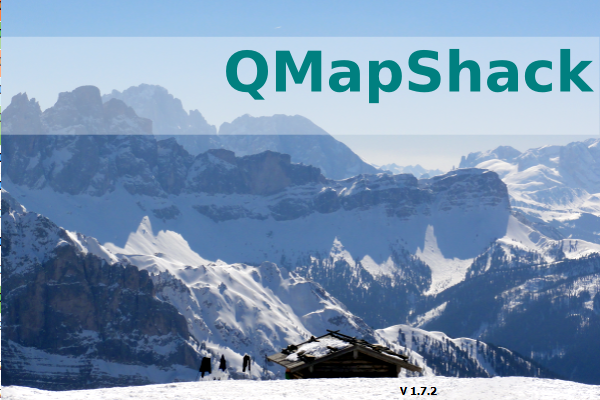
Overview of WMTS Operations and Resources ¶ An organization publishing both WMS and WFS often use the same data source. It provides programmatic access to the geographic feature data. The OGC Web Feature Service Interface Standard (WFS) is a better fit for extended query functionality of spatial data. WMS servers can also be used as data sources or rendering engines for WMTS services.Ī client may also request that the map layers be rendered using a specific server advertised style, or even use a style provided by the client when the WMS server implements the OGC Styled Layer Descriptor (SLD) standard). The fixed set of tiles also enables the use of standard network mechanisms for scalability such as distributed cache systems. The fixed set of tiles allows for the implementation of a WMTS service using a web server that simply returns existing files. While WMS focuses on rendering custom maps and is well-suited for dynamic data or custom styled maps, WMTS trades the flexibility of custom map rendering for the scalability made possible by serving static data (base maps) where the bounding box and scales have been constrained to discrete tiles. WMS focuses on flexibility in the client request enabling clients to obtain exactly the final image they want.

WMTS complements the OGC Web Map Service interface standard (WMS) for the web based distribution of cartographic maps.

It can accommodate both resource-oriented (REST-like) and procedural-oriented architectural styles (KVP and SOAP encoding). It offers a standardized approach to declaring the images that can be requested from a server, enabling a single client type to be developed for all servers.

WMTS was built to assist in developing scalable, high performance services for web based distribution of cartographic maps. Clients can interpret the ServiceMetadata document to request specific tiles. The ServiceMetadata document also declares the communication protocols and encodings through which clients can interact with the server. This declaration defines the tiles available in each layer (i.e., each type of content), in each graphical representation style, in each format, in each coordinate reference system, at each scale, and over each geographic fragment of the total covered area. The service advertises the tiles it has available through a standardized declaration in the ServiceMetadata document common to all OGC web services. Thus, the typical counter showing the number of tiles still to be downloaded isn't shown.WMTS provides a standards-based solution to serve digital maps using predefined image tiles. The test result in my case is "tile is in cache" for all tiles. When loading and using a WMTS file there is a check, if a tile can be found in a cache. When running QMS with a debug log, then one of the early information is about the used cache: I'm trying to understand why an online map defined with a WMTS file isn't shown in QMS. Title? Does it really name the real topic of the issue? You think someone else would understand what's fixed or done from your The title will be listed in the changelog when the issue is fixed. Reports that are not properly filed might be closed without Replace(!) the instructions by your answer(!).


 0 kommentar(er)
0 kommentar(er)
